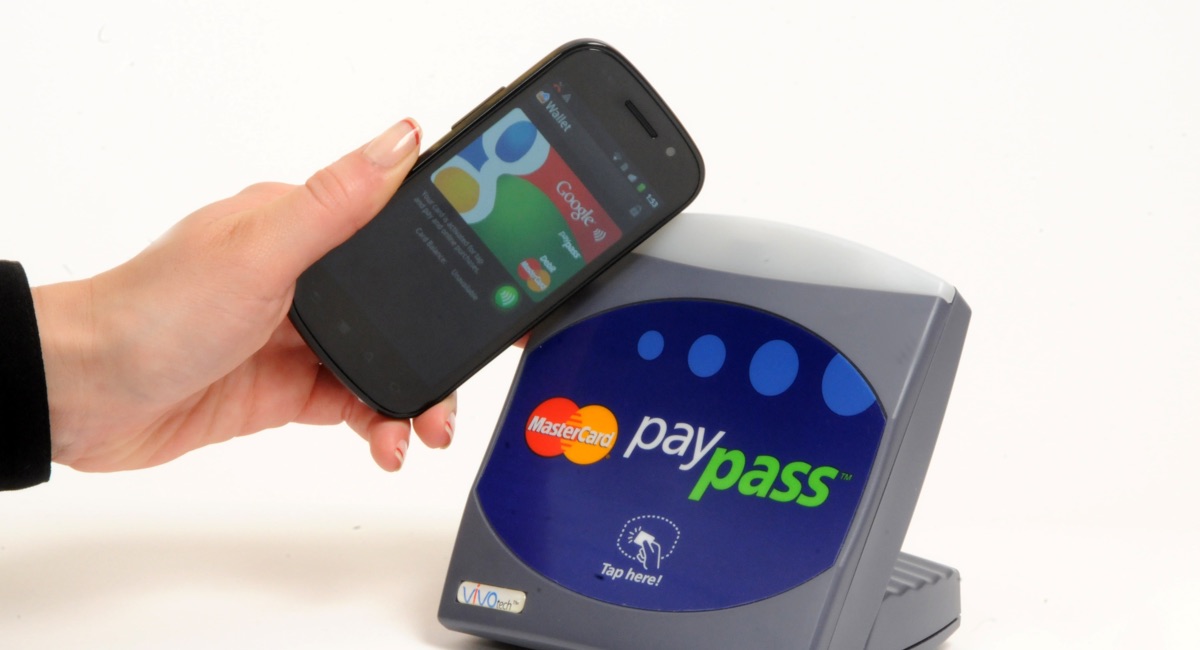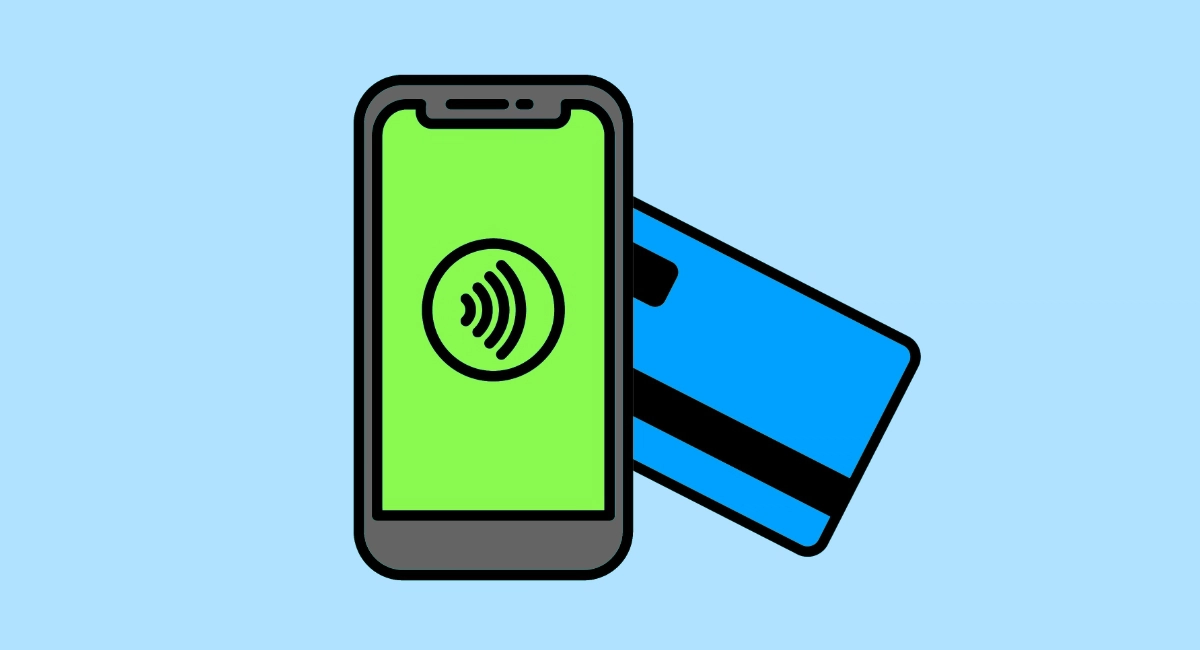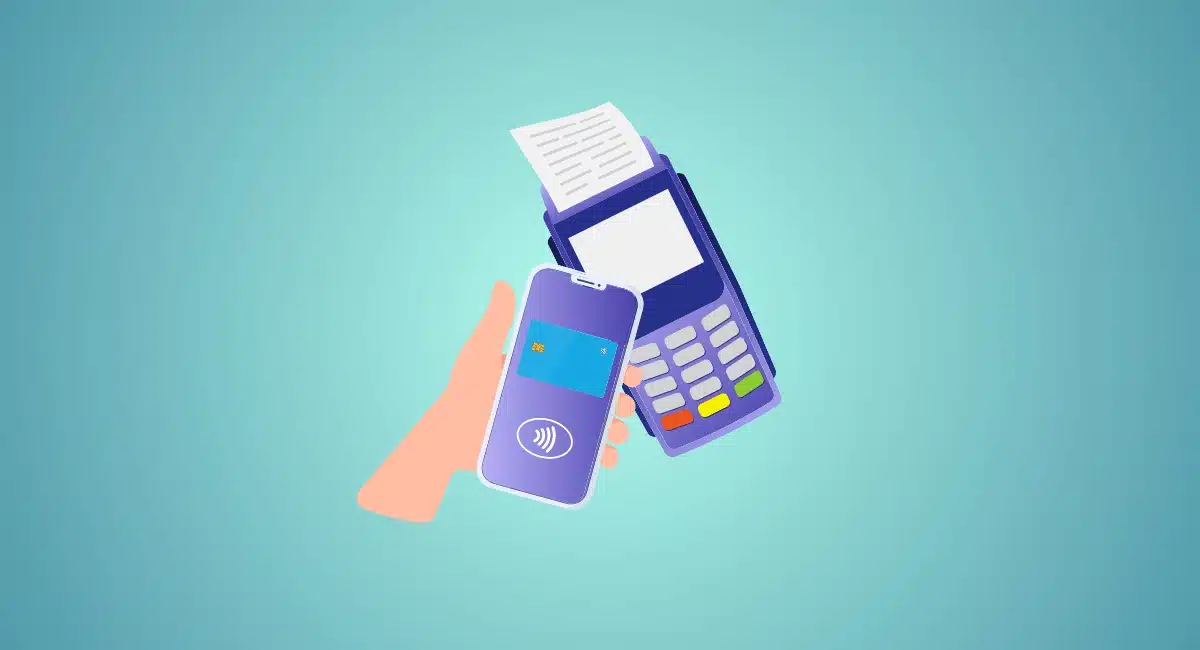When Google Wallet launched, it was marketed by Google as the solution that would bring together the mobile phone and the wallet, as users would only tap and pay. The great fanfare around it, and the past three years, however, weren’t enough for Google Wallet to reach a critical mass.
Even Google acknowledged slow wallet adoption, but promised to stick with it, which, in the light of the Apple Pay launch, could make sense. So the big question every merchant is asking is: Should I accept it in my store? Read on for details.
What is Google Wallet, and how does it work?
Google Wallet is a digital wallet that can store the details of a user’s credit cards, debit cards, bank account gift cards, loyalty cards, offers, etc. Consumers can use Google Wallet to purchase goods both in stores and online. To make an in-store purchase, customers need to have an NFC-enabled Android phone, which currently is limited to a number of higher-end smartphones such as the Samsung Galaxy S5.

The digital wallet app was developed by Google and is currently available in the US only, though there are some workarounds for this for users with bank accounts and/or addresses in the US. Customers with NFC-enabled Android smartphones running Gingerbread 2.3 or older can tap their phone and pay anywhere they see MasterCard PayPass is accepted, which includes hundreds of thousands of merchant locations in the US.
On the merchants’ side, the terminals they have in store need to be ISO 14443 or 18092 compliant – these usually show the universal contactless symbol. A Google Wallet transaction works like this:
- The merchant rings the transaction.
- The customer taps his or her Android phone on the reader. The app does not need to be open.
- Optionally, the customer enters his or her Wallet PIN.
- The reader will light up and beep just as it does when the card is read, and on the display window of the cash register the cashier will see that the transaction is being processed, the message he or she sees when processing a credit card transaction.
It is important to note that there are no additional fees for payments via Google Wallet, and that merchants pay card-present rates.
Slow adoption: why merchants are sceptical
Since a Google Wallet transaction works this easily, and the initial reviews were positive, you may have expected a high adoption rate among both customers and retailers. Well, that’s not what has actually happened during the past three years. Despite being launched three years ahead of Apple Pay, the system has failed to reach a critical mass and furthermore faced opposition from retailers, who don’t want Google’s Wallet service to intervene between them and their customers.
Here are a couple of reasons why: At launch, Google Wallet was limited to only a few banking partners. Google originally made a big bet on Near Field Communication (NFC) when it launched in 2011, but it recently moved from a hardware-focused solution to one that also works in the cloud by host car emulation (HCE) technology.
Another reason is that big merchants don’t want Google anywhere near their transaction data. They also see Google as a social intermediary, an entity that is coming between their brand and clients, so they fear about brand engagement. That’s why companies such as Starbucks, McDonalds, etc. have started developing their own mobile payment apps.
A huge factor holding Google Wallet’s adoption back is the drop in NFC support from huge retailers such as Best Buy and 7-Eleven, who are joining forces to develop their own mobile payment service that keeps brand customers more engaged, they say.
However, the data breach horror stories of 2013 and 2014 – remember that Home Depot breach affecting 56 million cards and Target’s 40 million – are prompting a change in the current payment system. By October 1, 2015, US retailers will need to upgrade their payment systems to comply with the EMV standard.
This is where Google Wallet and Apple Pay come into the picture.
Should you upgrade to a contactless terminal?
Most new EMV enabled POS terminals can also activated for NFC payments. The bigger retailers in the US have started switching to EMV enabled terminals already, but many smaller merchants are lagging behind.
Considering that the number of NFC-enabled and Google Wallet–compatible devices is growing and merchants need to upgrade their terminals by October 2015 to comply with the requirement of card issuer networks anyway, it’s a good choice to opt for a contactless enabled terminal to give your clientele an option to pay with their mobile phone, including Google Wallet.
Users of mobile card readers can also likely expect to see new functionality being offered. Square is already selling its new EMV enabled chip reader, and industry insiders say Square is likely to be able to accept at least Apple Pay in the future.




